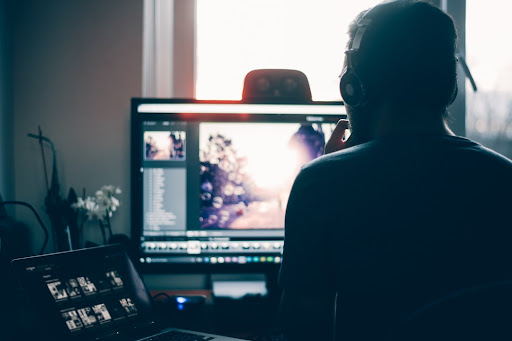Professional photo editing can take a photographer between ten minutes and over an hour. Multiply that by 600 photos, and you’ll see a lot of editing hours.
One primary way to cut down on editing time is to get the shot correctly, straight out of the camera by using photography filters. This means that when loading your images into your editing software, they’ll already have an applied effect.
You can also use photo editing filters in post-processing to reduce your editing time by applying the same filter preset to a range of images in your workspace.
To learn more great reasons to use photo filters, keep reading. We’ve got four reasons lined up right now.
Table of Contents
1. Accurately Capture Scenes (Lens Filters)
You can control how the camera captures the scene by applying a lens filter to your camera. Filters like Neutral Density (ND) graduated filters reduce the amount of sunshine that filters through the lens. This is especially helpful if you’re a landscape photographer.
For example, when you are photographing bright skies, if you expose for the shadows, your highlights will be blown out. Applying an ND filter will allow the camera to capture the whole tonal range for an accurately captured image.
2. Reduce Reflections (Lens Filters)
Another useful lens filter is a polarizer filter. This filter attaches to the end of your lens and helps reduce glare and reflection when capturing your photographs. In addition, professionals use this filter to improve color, exposure, and contrast, which would be difficult to achieve with any other filter.
Landscape photographers will again benefit from this lens when photographing bodies of water. Equipping a polarizing filter can block out any reflections on the water. Similarly, if you’re a lifestyle photographer shooting through glass, a polarizing filter will remove the reflection, allowing a clear shot through the glass.
Alternatively, with advanced editing software like Adobe Photoshop, you can use a background remover tool to eliminate more minor background issues in post-processing.
3. Enhance Visual Appeal (Photo Filters)
In post-processing, there are several ways to enhance your photograph. One of the most traditional ways is to add filters to photos; for example, applying a vignette filter, which will darken the corners and edges of the image. The degree to which it does so depends on how far you push the slider.
It’s worth noting, however, that heavily applied vignettes can make a photo look dated. Trends come and go, so you want to tread carefully here. A well-applied vignette can enhance an image, but an overdone one can ruin it.
4. Create Moods (Photo Filters)
One final reason to use filters for photos is to enhance the mood of your photographs. For example, in post-processing, applying photo filters over your image can make the image more dramatic, lighthearted, whimsical, etc.
If you create your own filter, you can reapply that for future photography, which works well if your shoot has a theme. With a preset photo filter, it’s quick and easy to run your custom filter over all the images in the shoot.
Try, Try, and Try Some More
Now that you have these great reasons to use photo filters, its now time to go out and try them out. If you can find a shop to rent from, renting lens filters might be cheaper than purchasing them. If you don’t like the effect it gives, you can hand it back and rent another.
Similarly, play around with photo filters in post-processing, find what you like, and save them as presets. This will save you a ton of time in the future when editing your images.
We enjoyed writing this article; we hope you’ve enjoyed reading it. Check out our Technology category for more, just like this one.

